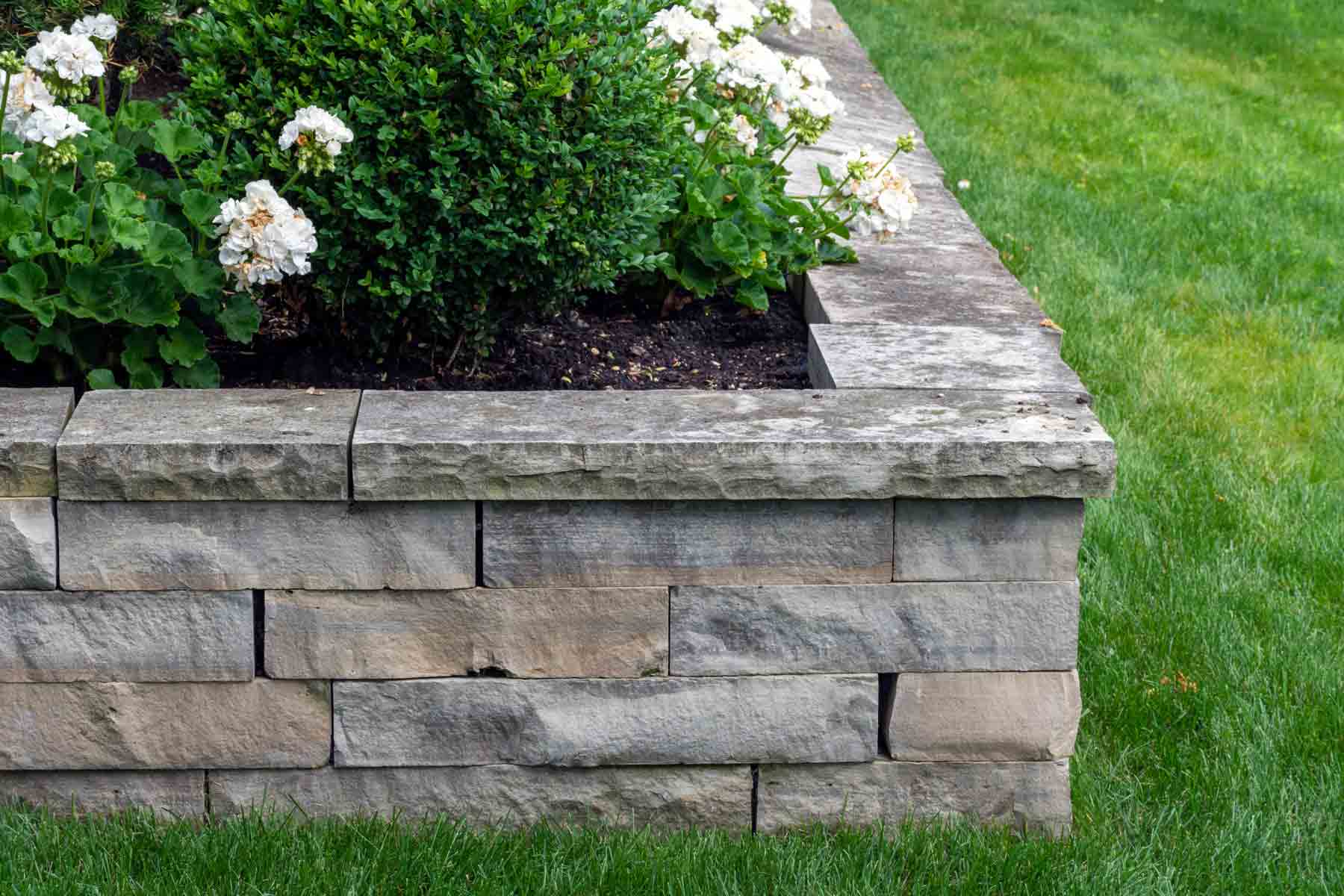Comprehensive Patio Installation Services by Trusted Professionals
Comprehensive Patio Installation Services by Trusted Professionals
Blog Article
Opening the Keys of Lasting Stonework Construction Practices for Eco-Friendly Structures
In the realm of modern construction, the pursuit of lasting methods has actually come to be extremely important. Amongst the myriad approaches to eco-friendly structure, sustainable masonry construction stands out as a time-tested and resilient technique that holds a wealth of untapped capacity. From the selection of materials to innovative building and construction methods, the tricks to attaining sustainability within stonework building and construction are multifaceted and interesting. By checking out the advantages, products, strategies, and future fads of lasting stonework, a deeper understanding of just how these techniques can shape the future of eco-friendly buildings emerges.
Advantages of Sustainable Stonework Building
Accepting sustainable masonry construction techniques not only lowers environmental influence yet likewise supplies lasting economic benefits to building contractors and communities. By utilizing materials like recycled bricks, obstructs, and stones, contractors can dramatically decrease the carbon impact of their tasks while promoting resource effectiveness. Furthermore, sustainable masonry building strategies, such as appropriate insulation and thermal mass homes, can improve energy performance within structures, leading to decreased operational prices gradually.
Additionally, the sturdiness and strength of masonry structures add to long-lasting financial advantages. Buildings constructed utilizing sustainable masonry methods frequently require less maintenance and repair work, equating to set you back financial savings for building contractors and residential property owners. The durability of stonework products also makes certain that frameworks remain stable and secure, decreasing the requirement for frequent remodellings or substitutes.
Eco-Friendly Stonework Products
Making use of environment-friendly stonework products is an essential action towards enhancing the sustainability of construction practices and lessening ecological impact while optimizing long-term financial advantages. Sustainable masonry materials are sourced, produced, and utilized in a way that minimizes overall ecological impact. Products such as recycled blocks, recovered stone, and lasting concrete blocks are becoming increasingly prominent selections for eco-conscious contractors. Recycled blocks, for example, not just divert waste from landfills however additionally require less power to generate contrasted to brand-new blocks. Recovered stone offers an one-of-a-kind visual charm while lowering the need for brand-new quarrying. Lasting concrete obstructs include recycled aggregates and might include better insulation buildings, adding to power performance in structures.
Moreover, all-natural materials like adobe, rammed earth, and straw bales provide superb thermal mass residential properties, reducing the requirement for heating and cooling down energy. These products are usually locally available, promoting regional economic situations and decreasing transportation-related carbon emissions. By picking environmentally friendly stonework products, building and construction projects can significantly minimize their environmental footprint and add to the more information production of much healthier, more sustainable constructed environments.
Energy-Efficient Masonry Techniques
Power performance plays a critical duty in improving the sustainability of stonework construction methods. By executing energy-efficient masonry techniques, home builders can considerably lower the total energy consumption of a building, leading to reduced functional costs and a smaller ecological footprint. One key energy-efficient stonework strategy is making use of thermal mass, which involves incorporating dense materials like concrete or block right into the building's structure to absorb and store warmth. This aids manage interior temperatures, decreasing the demand for mechanical heating and cooling systems.

Technologies in Sustainable Masonry
Recent developments in sustainable stonework techniques have caused innovative techniques that are improving the building and construction sector. One such advancement is the growth of self-healing concrete, which uses microorganisms embedded within the concrete to heal cracks autonomously. This development not only decreases upkeep prices yet additionally enhances the resilience of masonry structures, adding to their sustainability.
An additional significant development is the use of recycled aggregates in masonry construction - masonry contractor. By integrating materials such as crushed ceramic waste or recycled glass into concrete mixes, builders can minimize the environmental effect of building tasks while preserving architectural stability. This practice not only draws away waste from land fills but additionally saves natural sources, making it a more helpful hints vital development in lasting stonework building
In addition, the integration of electronic design devices, such as Building Information Modeling (BIM), is changing the way stonework structures are intended and constructed. BIM permits more exact computations, minimized product wastefulness, and improved power efficiency, eventually leading to even more lasting structure methods. These technologies collectively symbolize a promising future for sustainable stonework construction in the period of eco-friendly buildings.
Future Trends in Stonework Sustainability
With the cutting-edge strides made in lasting masonry techniques, the future patterns in masonry sustainability are positioned to additional reinvent the building market. Among the vital patterns shaping the future of masonry sustainability is the increased assimilation of innovation. Innovations such as Building Details Modeling (BIM) and digital truth simulations are being utilized to optimize masonry building and construction procedures, bring about reduced product waste and enhanced energy efficiency in buildings.
In addition, the advancement of unique sustainable products is set to play a significant duty in improving the eco-friendliness of masonry construction. masonry contractor. Technologies like self-healing concrete, recycled aggregates, and bio-based binders are gaining traction for their capability to reduce ecological impact while maintaining structural integrity

Conclusion
In final thought, lasting stonework building techniques supply click this link numerous advantages for eco-friendly buildings. By utilizing environmentally friendly products and energy-efficient techniques, masonry can add to a much more lasting built setting. Innovations in sustainable stonework are continually being developed to further enhance the environmental performance of structures. Looking towards the future, the trend of masonry sustainability is anticipated to grow, resulting in more environmentally friendly and energy-efficient building practices in the years to come.
Report this page